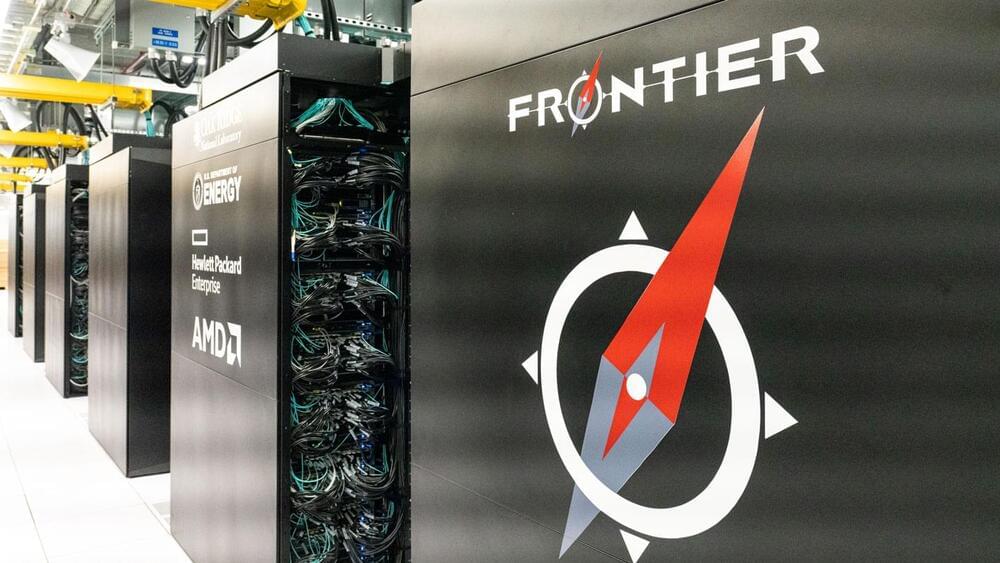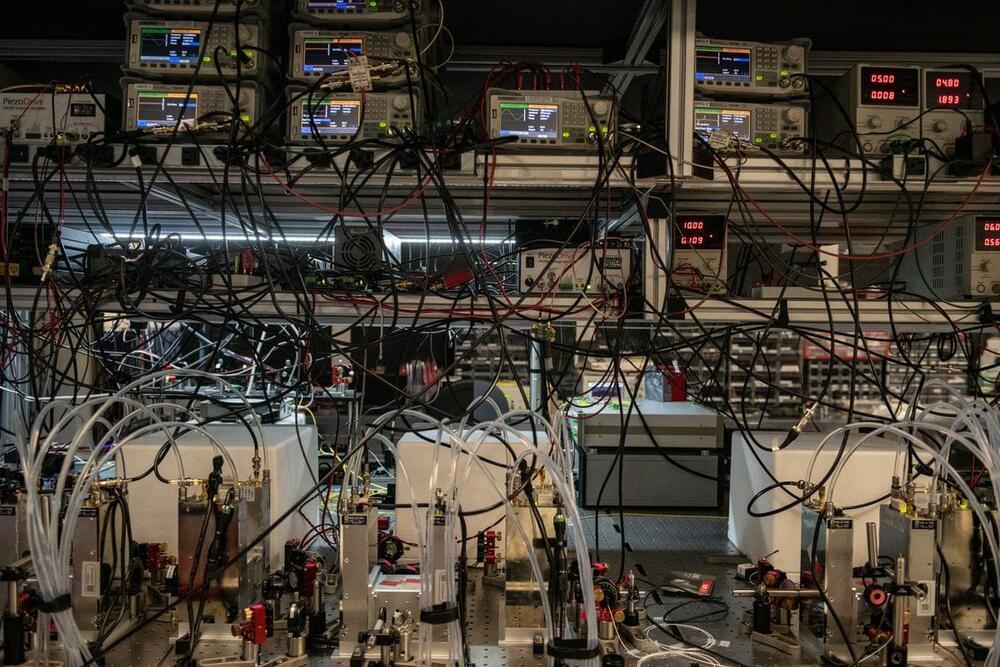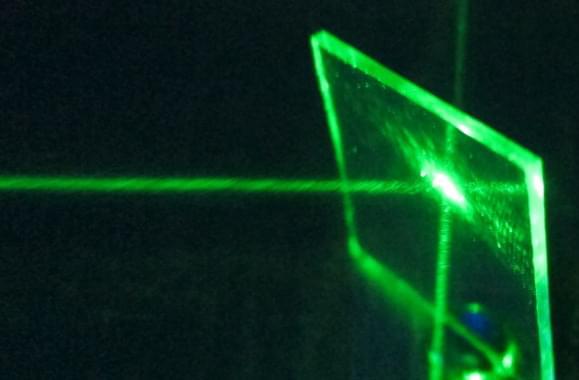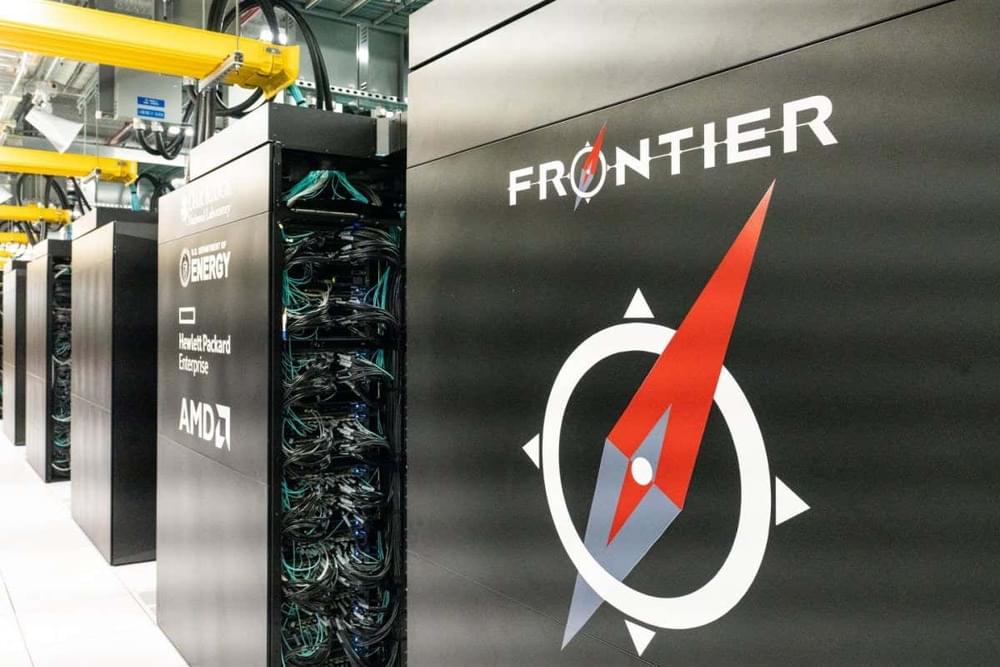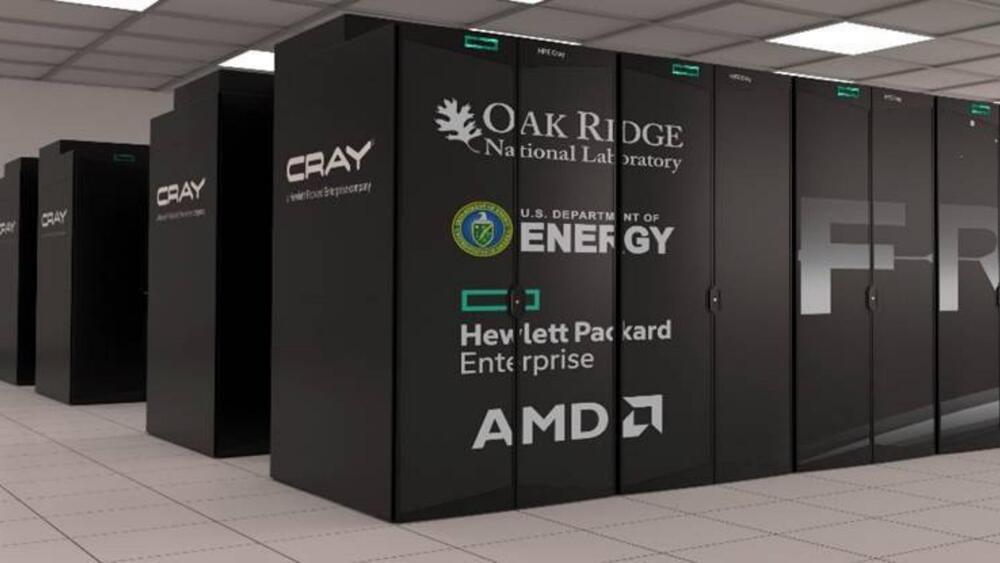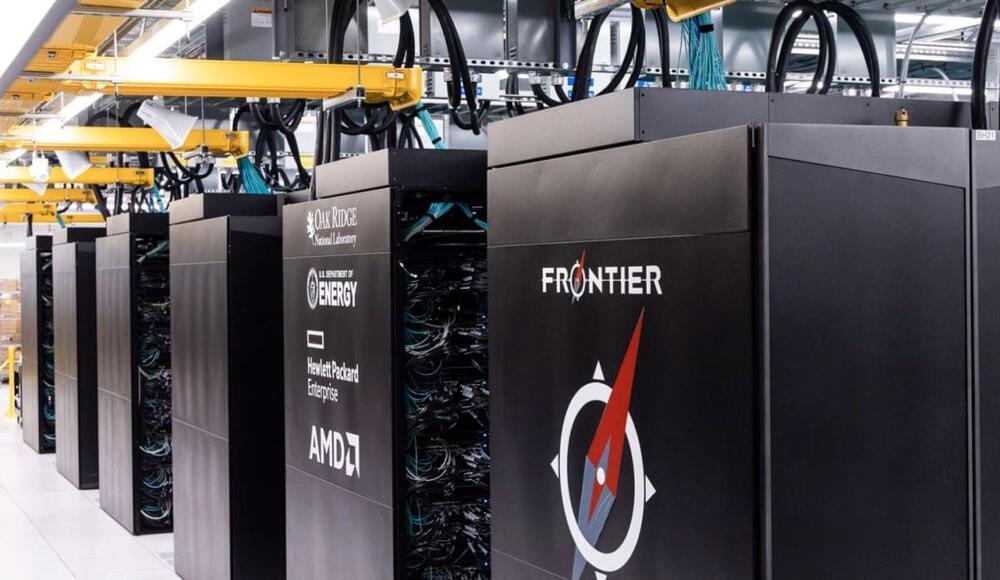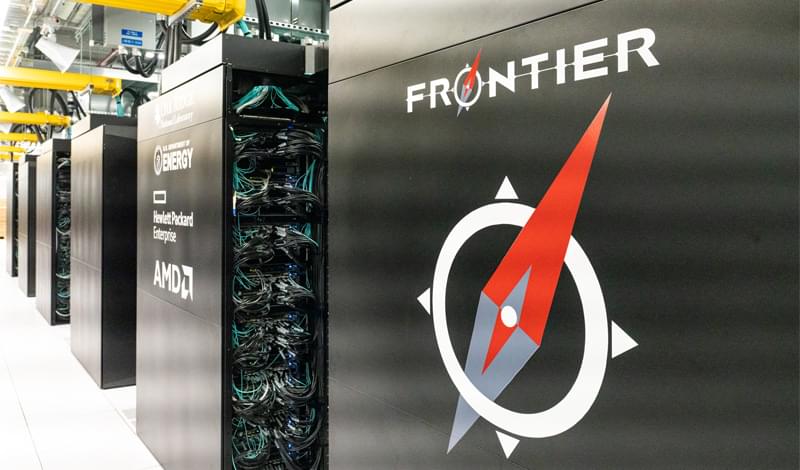Ars Technica’s Chris Lee has spent a good portion of his adult life playing with lasers, so he’s a big fan of photon-based quantum computing. Even as various forms of physical hardware like superconducting wires and trapped ions made progress, it was possible to find him gushing about an optical quantum computer put together by a Canadian startup called Xanadu. But, in the year since Xanadu described its hardware, companies using that other technology continued to make progress by cutting down error rates, exploring new technologies, and upping the qubit count.
But the advantage of optical quantum computing didn’t go away, and now Xanadu is back with a reminder that it still hasn’t gone away. Thanks to some tweaks to the design it described a year ago, Xanadu is now able to sometimes perform operations with more than 200 qubits. And it has shown that simulating the behavior of just one of those operations on a supercomputer would take 9,000 years, while its optical quantum computer can do them in just a few-dozen milliseconds.
This is an entirely contrived benchmark: Just as Google’s quantum computer did, the quantum computer is just being itself while the supercomputer is trying to simulate it. The news here is more about the potential of Xanadu’s hardware to scale.
